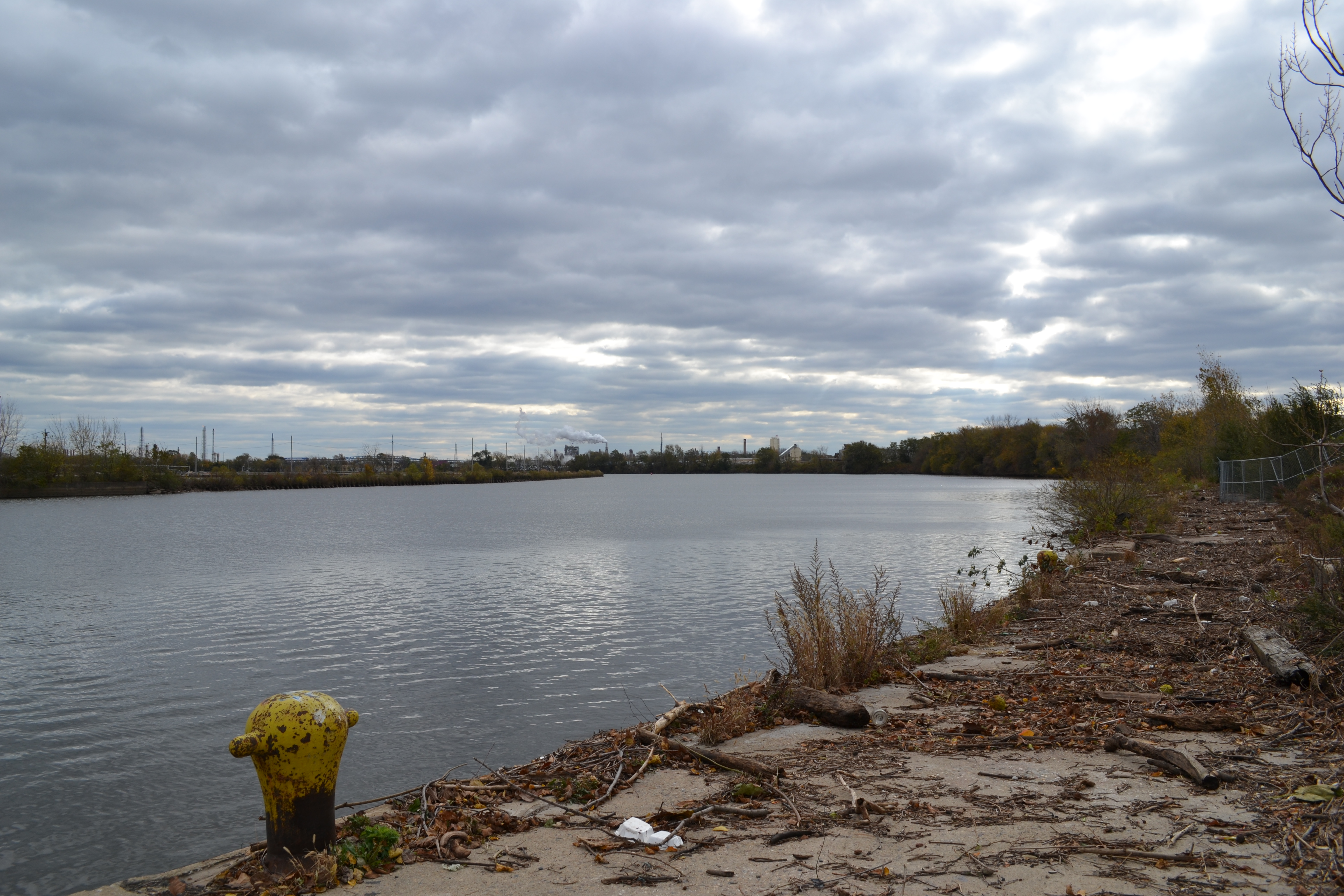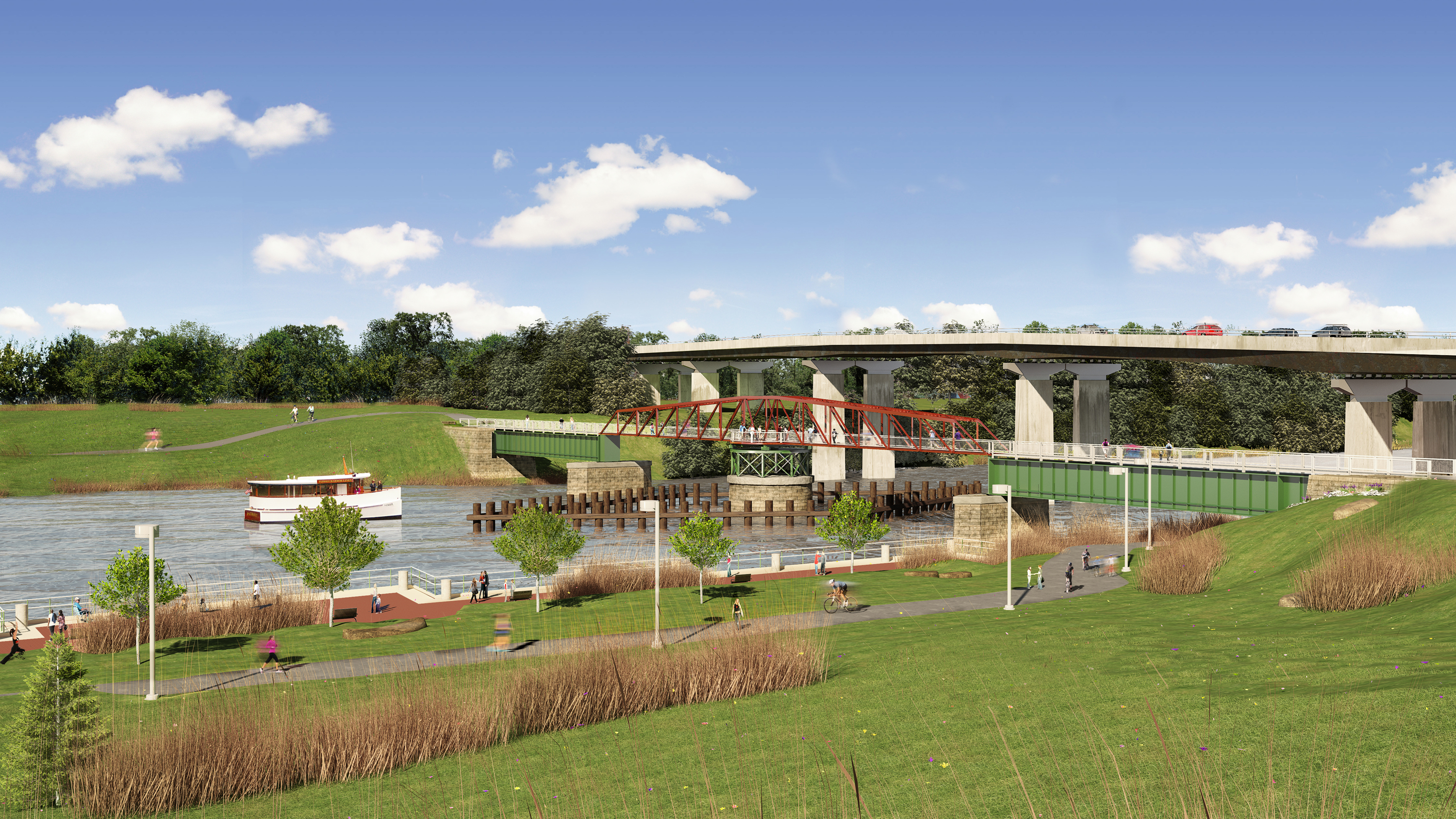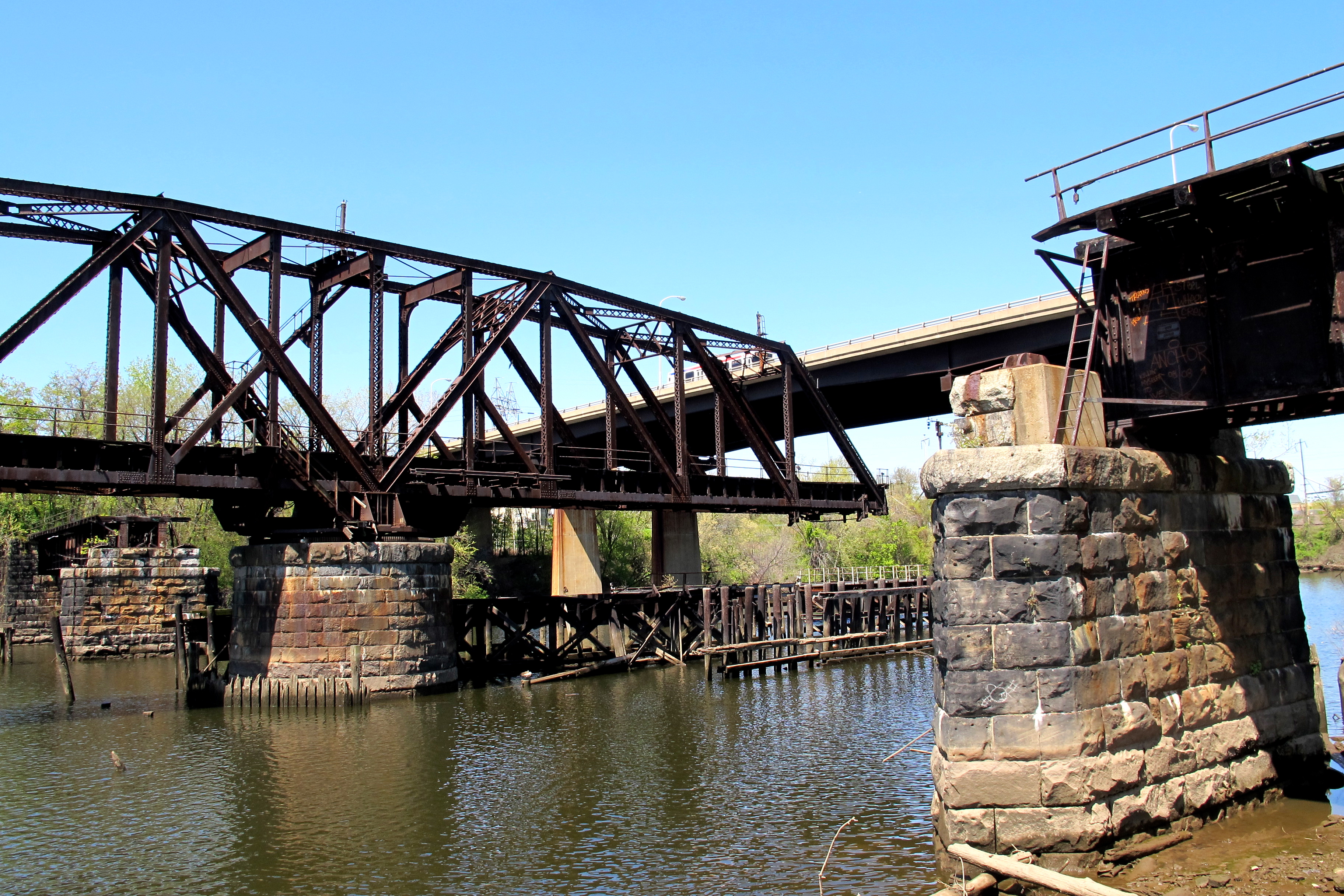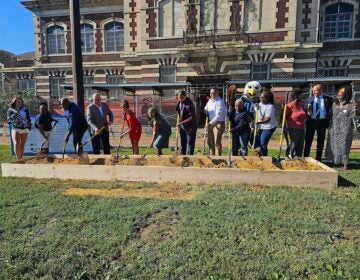$1.7 million for Bartram’s Mile as swing bridge study continues

Now that the Schuylkill Banks boardwalk is open, it’s time to look downriver to the next stretch of Schuylkill River Trail to be built: Bartram’s Mile and the bridge that will link it to Grays Ferry Crescent.
While public attention has been focused on the new boardwalk upriver, a team led by Andropogon Associates has been working with city agencies to finalize designs for the Bartram’s Mile future trail segment stretching from Grays Ferry Avenue, through Bartram’s Garden, and extend just beyond 56th Street on the west side of the Schuylkill.
The project is expected to cost $6 million, roughly evenly split between public funds and philanthropic contributions. The $1.7 million PennDOT awarded to the Schuylkill River Development Corporation closes the project’s funding gap allowing it to move forward.
“We’re now ready with the money and we believe that as long as we get the bids we think we’re going to get… we can probably start this as soon as the weather is suitable in the spring,” said Joe Syrnick, President and CEO of the Schuylkill River Development Corporation (SRDC), which will manage construction. If all goes well, he said, construction could be finished as early as late 2015.
Meanwhile final approvals from the Water Department for things like erosion and sediment control as well as approvals from the Streets Department for curbline changes on Botanic Avenue are pending, said Philadelphia Parks & Recreation’s Mark Focht.
Since earlier public discussions about the designs in late 2012 and early 2013, conceptual plans for Bartram’s Mile have been scaled back slightly due to a constrained funding environment. The southern section of Bartram’s Mile was originally scoped to extend along the river from 56th Street to 58th Street, where it would link up with the 58th Street Greenway. Current plans now show a public plaza at 56th Street, which will be the trail’s temporary southernmost terminus. Due to the condition of the bulkhead at 56th street, the plaza will be somewhat pulled back from the shore, with a softer green edge extending to the water.
Bartram’s Mile will be the first section of the Schuylkill River Trail on the river’s western bank and will link up to Gray’s Ferry Crescent on the east via a new trail connection over the river, likely using a swing bridge.
But here again plans have shifted since we checked in with SRDC last year about the swing bridge. Conceptual plans called to reuse an existing railroad swing bridge to bring the trail over the river, raising it up 35 feet so large boats can fit beneath the bridge. But reuse may no longer be possible.
In part that’s because the tug operator who serves the Veolia energy plant (with oil as a fuel backup) says they can only use a big tugboat that won’t fit under that 35-foot high bridge. Coast Guard approval for the project could be unlikely due to maritime interests.
If it seems foolish to build infrastructure based on the preferences of the current and somewhat limited boat traffic, know that Veolia heats nearby universities and hospitals and needs a backup fuel source should there be issues with their natural gas supply (via pipeline). That backup is oil via barge, and is seen as important.
As a result, “the mayor asked us to look at a swing bridge,” Syrnick said, in order to have a plan that serves everyone’s interests.
The rusty old bridge is beefy industrial relic and it would be fantastic to reuse it. But instead of just reusing the old swing bridge, SRDC is studying an alternative: Constructing a new swing bridge that would be lighter, easy to operate when boats need to pass, and sit low to the river making bridge approaches less steep.
Building a new swing bridge would raise the project’s estimated cost from about $10 million to $12 million.
“We think we’re ok for the money,” Syrnick said. “PennDOT basically said they would put up money for the bridge if the bill [Act 89] passed at the funding level that it passed at.”
In addition to adding construction expense, a new bridge would need operations staff and maintenance by the city. But because it would be less steep and be easier to open, Syrnick thinks it could prove a better, more interesting project in the end. “I think its kind of sexy in its way.”
To learn more about trail projects and progress citywide, attend an event tonight (October 30) at the Academy of Natural Sciences at from 5:30-7:30pm.
WHYY is your source for fact-based, in-depth journalism and information. As a nonprofit organization, we rely on financial support from readers like you. Please give today.








